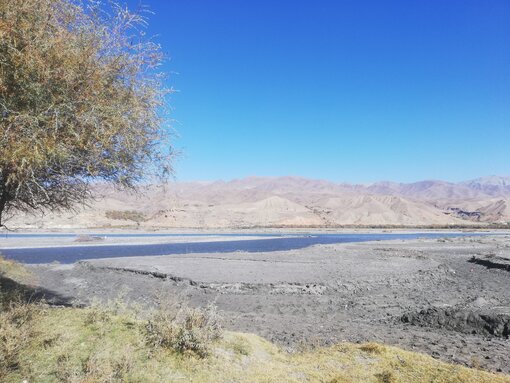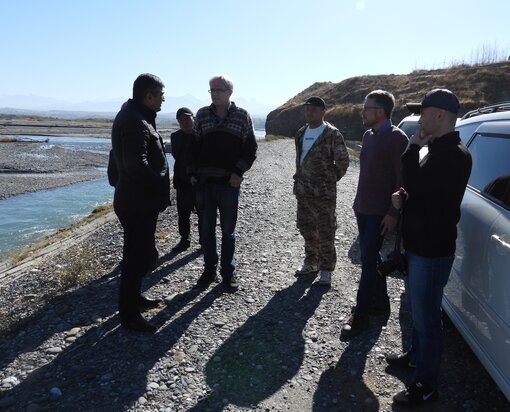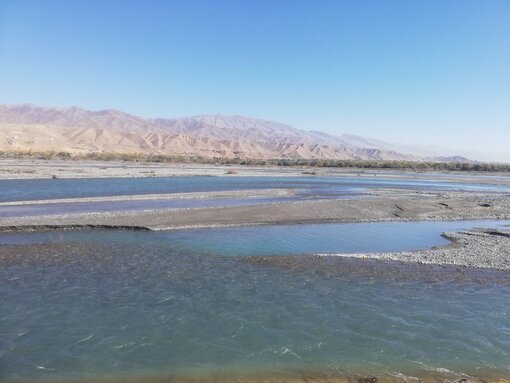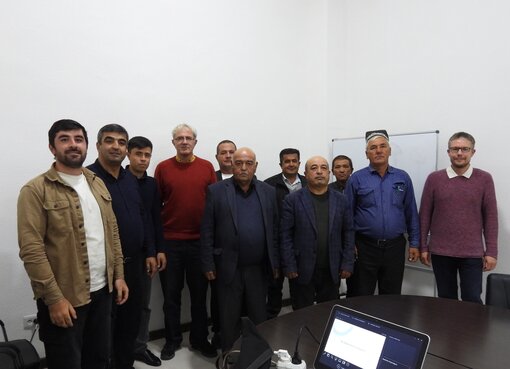The valley comprises two protected areas on both sides of the border – the Zarafshan National Park in Uzbekistan and the Zarafshan Zakaznik in Tajikistan. Both protected areas were established to protect the rare Tugai forests along the Zarafshan River, which are of particular importance for nature conservation due to their special ecological character and biodiversity. The most important conservation target species of the protected areas include the Bukhara deer and the Zarafshan pheasant.
The management assessment was carried out using the METT-4 method in two workshops together with staff from the protected areas. Prior to conducting the two assessments, a short field trip was organized with protected area managers to familiarize themselves with the sites.
As part of the METT assessments, factors that have a negative impact on the conservation objectives of the protected areas were first identified. These include overgrazing, inadequate monitoring, low personnel and financial capacities of the protected areas and a lack of cross-border exchange. In a second step, the participants evaluated how the current management of the protected areas addresses the threats and developed recommendations for future measures.
Building on this, the Succow Foundation will implement a number of measures to strengthen the management of the protected areas and promote cross-border cooperation. These include the development of standardized monitoring guidelines for the two protected areas and trainings on the use of camera traps.
The project activities are funded by GIZ as part of the regional project „Integrated Land Use in Central Asia (ILUCA)“.
![[Translate to EN:] Banner Stiftung](/fileadmin/_processed_/b/c/csm_banner-stiftung_fee6c1c492.jpg)



